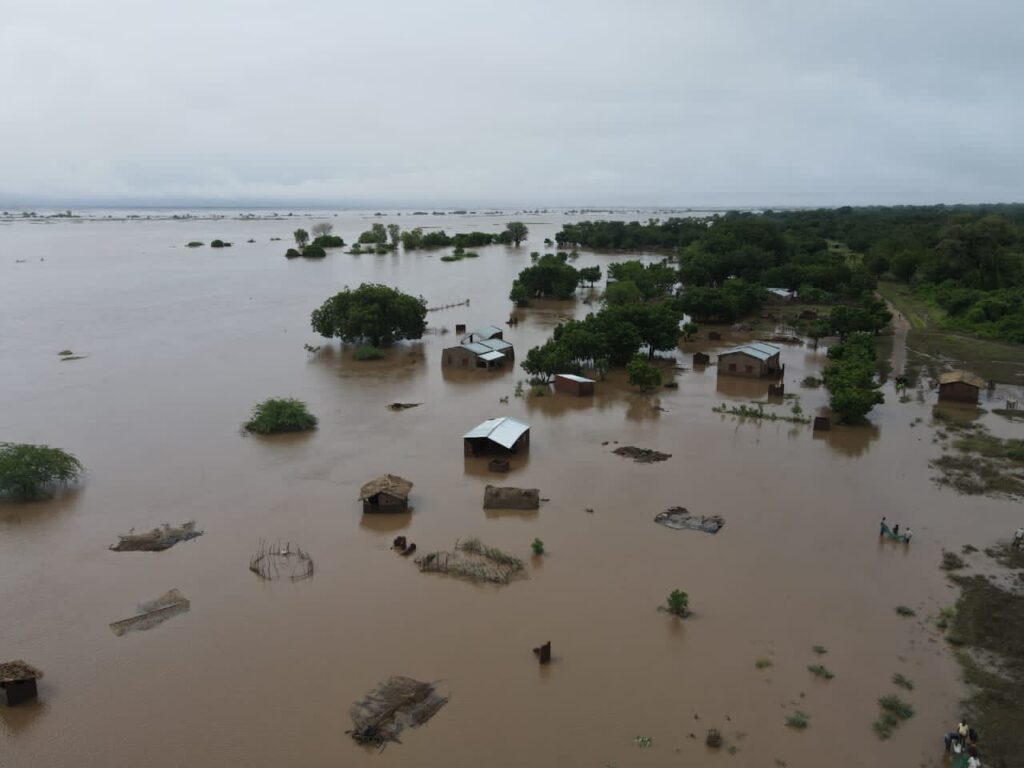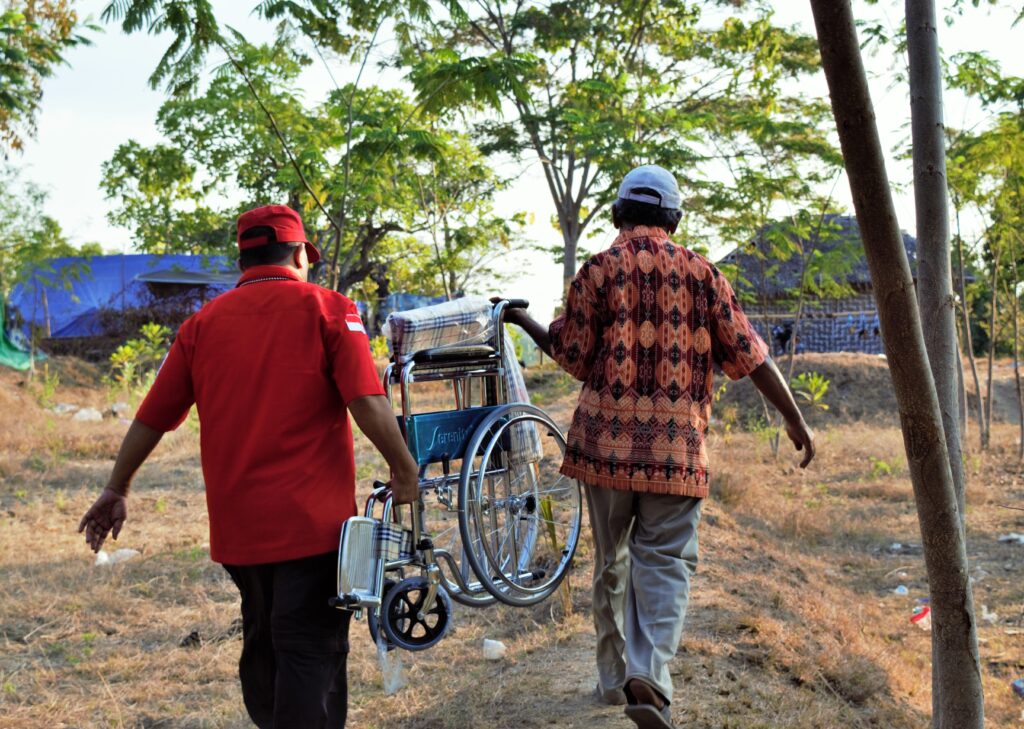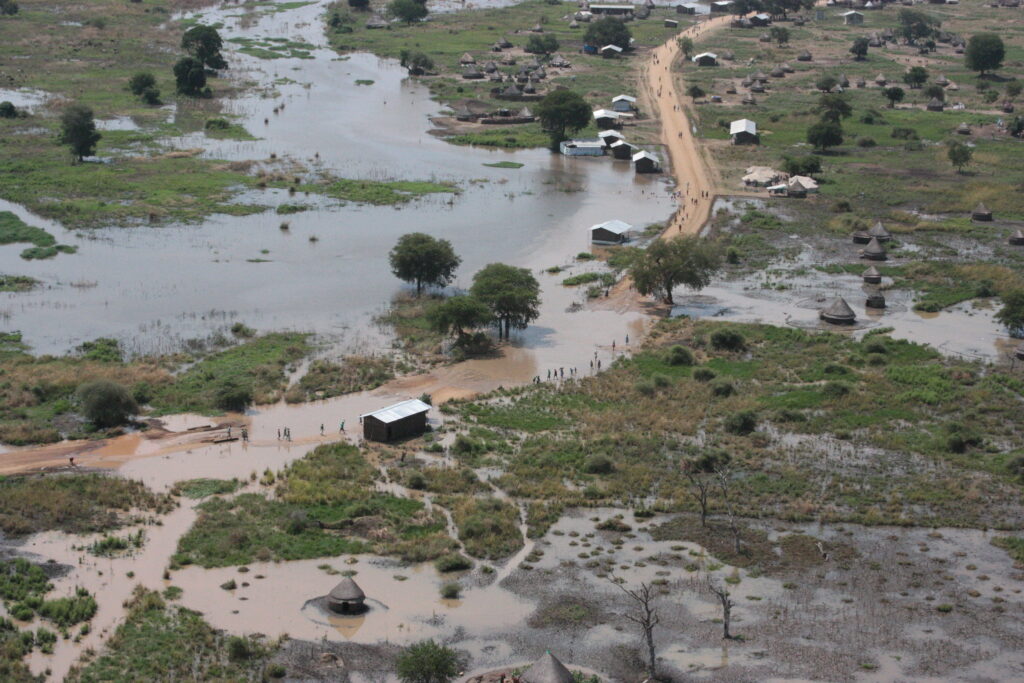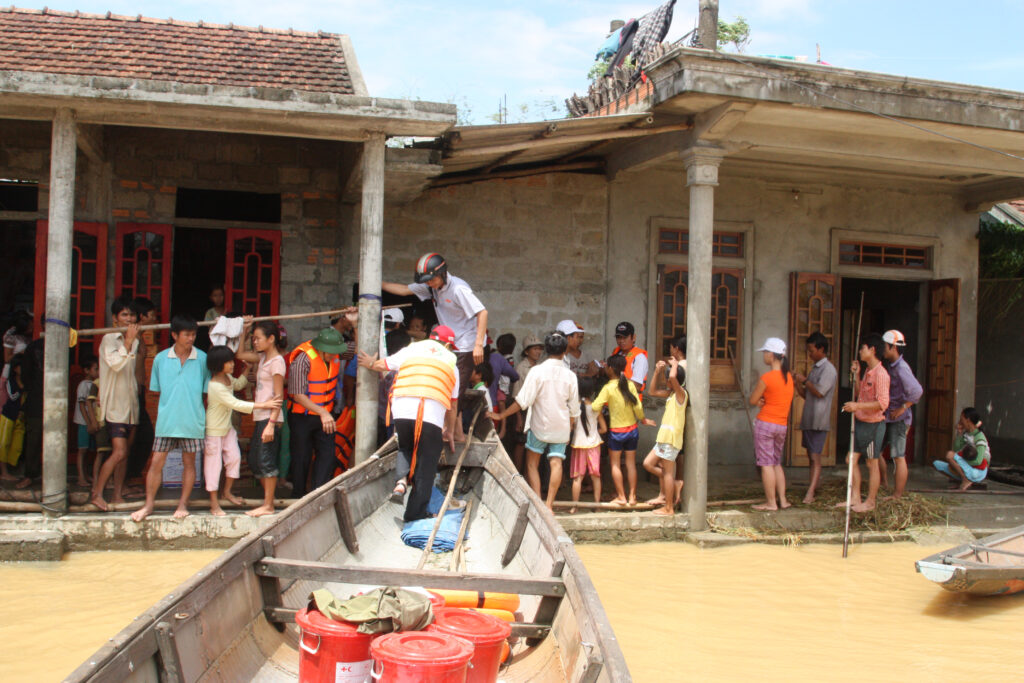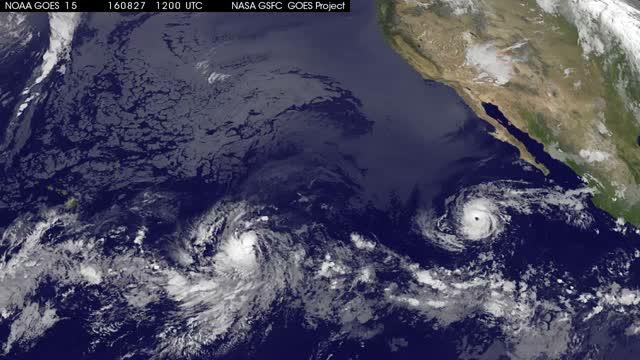Effective emergency preparedness for flooding and drought: A guide for cities
Effective emergency preparedness for flooding and drought: A guide for cities Implementation Guides – October 2024 DARAJA Case Study, pp. 25-26 Climate-related hazards are growing in intensity and frequency, causing significant loss and damage in cities around the world. Successful emergency preparedness, including the use of early warning systems, is critical to enabling cities and […]
Effective emergency preparedness for flooding and drought: A guide for cities Read More »



